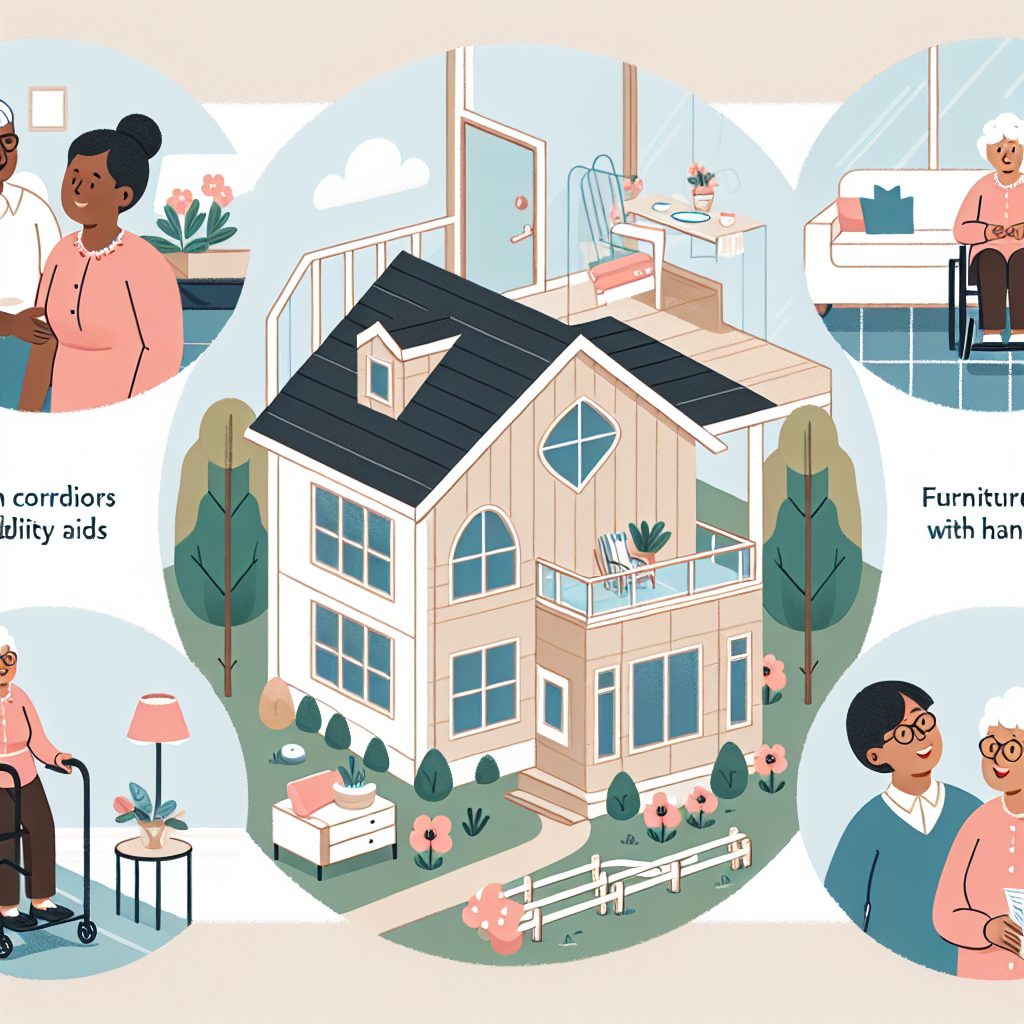Let’s Discuss: Making Housing More Accessible for Seniors
As the global population ages, the demand for senior-friendly housing solutions is becoming increasingly urgent. By 2050, the number of people aged 60 and over is expected to double, reaching over 2 billion. This demographic shift necessitates a reevaluation of how housing is designed, built, and maintained to ensure it meets the needs of older adults. In this article, we will explore various strategies to make housing more accessible for seniors, supported by examples, case studies, and statistics.
Understanding the Challenges
Before delving into solutions, it’s crucial to understand the challenges seniors face in accessing suitable housing. These challenges include:
- Mobility Issues: Many seniors experience reduced mobility, making it difficult to navigate homes with stairs, narrow doorways, or high thresholds.
- Financial Constraints: Fixed incomes can limit seniors’ ability to afford housing that meets their needs.
- Social Isolation: Living alone or in remote areas can lead to loneliness and a lack of community support.
- Health Concerns: Seniors often require homes that can accommodate medical equipment or provide easy access to healthcare services.
Designing Senior-Friendly Homes
One of the most effective ways to make housing more accessible for seniors is through thoughtful design. Universal design principles can be applied to create homes that are safe and comfortable for people of all ages and abilities. Key features include:
- Single-Level Living: Eliminating stairs can significantly enhance mobility for seniors.
- Wide Doorways and Hallways: These allow for easy navigation, especially for those using wheelchairs or walkers.
- Non-Slip Flooring: Reducing the risk of falls is crucial in senior housing.
- Lever-Style Handles: Easier to operate than traditional doorknobs, especially for those with arthritis.
Incorporating these features not only benefits seniors but also increases the home’s marketability to a broader audience.
Innovative Housing Models
Several innovative housing models have emerged to address the needs of seniors. These models focus on community, affordability, and accessibility:
- Cohousing Communities: These are intentional communities where seniors live in private homes but share common spaces and resources. This model fosters social interaction and mutual support.
- Accessory Dwelling Units (ADUs): Also known as “granny flats,” ADUs are smaller, independent units built on the same property as a single-family home. They offer a cost-effective solution for seniors who wish to live close to family.
- Retirement Villages: These are purpose-built communities that offer a range of services and amenities tailored to seniors, such as healthcare facilities, recreational activities, and transportation services.
Case Studies and Success Stories
Several regions have successfully implemented strategies to make housing more accessible for seniors. For example, the Netherlands is renowned for its senior-friendly housing policies. The Dutch government has invested in “age-proof” homes that incorporate universal design principles and are located near essential services.
In the United States, the city of Portland, Oregon, has embraced ADUs as a solution to the housing crisis. By relaxing zoning laws and offering financial incentives, Portland has seen a significant increase in the construction of ADUs, providing more options for seniors seeking affordable housing.
Conclusion
Making housing more accessible for seniors is a multifaceted challenge that requires collaboration between governments, developers, and communities. By understanding the unique needs of seniors and implementing thoughtful design principles, innovative housing models, and supportive policies, we can create environments that promote independence, safety, and well-being for older adults. As we move forward, it is essential to continue exploring and investing in solutions that ensure all seniors have access to the housing they need and deserve.



